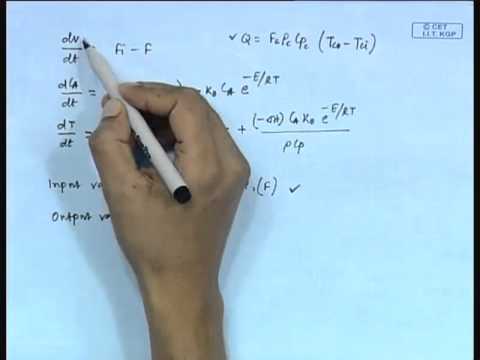Cycling Models
Cycling Models come in different “flavors” each answering a different cycling question. These include:
- Power Models
- Motion Models
- Energy Models
Power Models
These are most interest to cyclists. Serious cyclists know their power generation numbers. They are important because they can be compared to the power requirements for riding scenarios such as completing an ascent in a given time. From that comparison, they know what is “within their wheelhouse.”

Computing scenario power reqts is straightforward because they usually assume straightline motion, and constant riding velocity. Because power is computed by multiplying force times velocity, these can be computed using simple multiplication rather than Calculus.
Power = Work/Time = (Force*Distance)/Time
Power = Force * (Distance/Time)
Power = Force * Velocity
Motion Models
Motion Models are used to describe the velocity and positions as a function of time for the CyclistCycle. These involve scenarios where velocity is changing such as startups, speed changes, descents, and slowdowns.
These models are built using Calculus, deriving v(t) and x(t) from the Force Equation. The good news is a single Cycling Force Equation covers all of these scenarios. The bad news is Aerodynamic Drag makes the Force equation a Nonlinear Differential Equation and a challenge to solve.

However, what we are interested in are v(t) and x(t) and these are easy to obtain using another approach called numerical methods. For cyclists, Dynamic Models are useful in understanding what is happening during these periods where the CyclistCycle is changing speed, but once that is accomplished, you will most likely not be using them further.
Energy Models
Energy shifts the focus from the Cyclist to the Cycle. These models are of most interest when the cyclist is not pedaling and the bicycle is moving itself by coasting or making descents. Cycling Energy is created by the cyclist pedaling either in excess of what is need to overcome resistance or in ascending.
Next Topic: Cycling Force Equation
